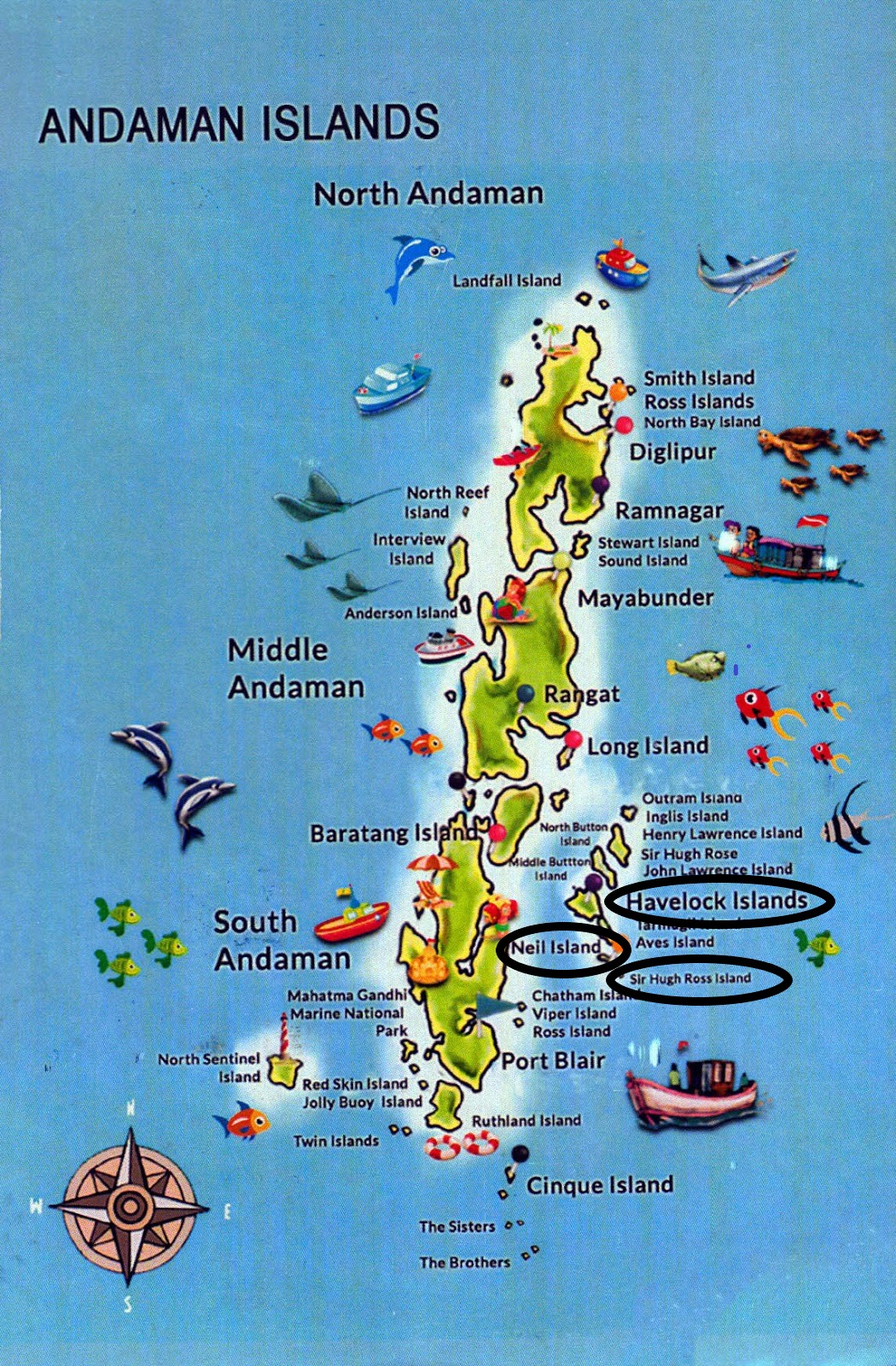7667766266
enquiry@shankarias.in
Renaming of Islands

Helium
Equatorial Geophysical Research Laboratory
Secondary Cosmic Rays
Himalayan Griffon Vultures
Chang’e-4
Source: The Hindu